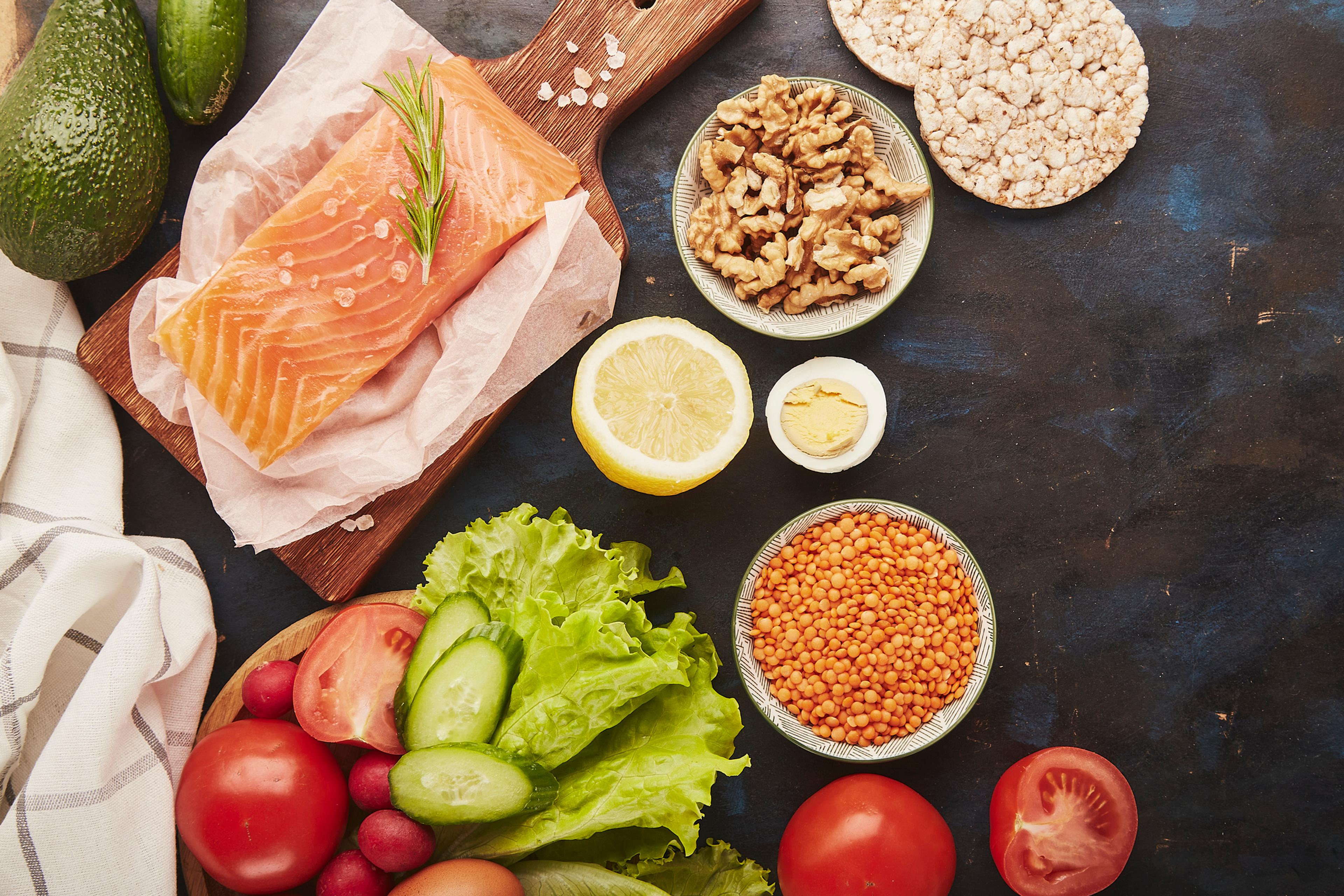Could A Low-FODMAP Diet Be Helpful For Your Sensitive Stomach?

Lindsay Knake
| 2 min read

If you find eating foods like onions, beans, broccoli or dairy consistently causes abdominal gas and cramping, you may be sensitive to high-FODMAP foods.
FODMAPS, an acronym for Fermentable Oligosaccharides, Disaccharides, Monosaccharides and Polyols are a group of carbohydrates in fruits, vegetables, legumes and dairy according to Harvard Health. Foods high in FODMAPs ferment as you digest them causing gas, abdominal cramps, constipation and diarrhea for some. High-FODMAP foods can cause anyone temporary, minor discomfort if one eats too much, but for the average person, they are usually not a problem.
Common high-FODMAP foods include:
- Dairy
- Beans and lentils
- Onions
- Garlic
- Broccoli
- Apples
- Cherries
- Peaches
- Honey
If you eat high-FODMAP foods without issue, there is no reason to eliminate or reduce them in your diet.
However, research has found some people have higher levels of sensitivity toward high-FODMAP foods and avoiding them can provide relief. A low-FODMAP diet consists of foods low in these carbohydrates.
Common low-FODMAP foods include:
- Carrots
- Eggs
- Potatoes
- Tomatoes
- Cucumbers
- Lettuce
- Strawberries
- Grapes
- Rice
- Maple syrup
This diet may help relieve symptoms for people who have irritable bowel syndrome (IBS) and Crohn’s disease or anyone who struggles with regular GI distress without a known cause. Clinical trials have shown a low-FODMAP diet improves symptoms in up to 75% of IBS patients.
How do I try a low-FODMAP diet?
If you have IBS or notice certain foods trigger GI distress, talk to your health care provider about the low-FODMAP diet. Typically, the diet is a temporary 4–6-week elimination diet to allow you to see which foods trigger your GI symptoms and which are safe. In an elimination diet, you restrict certain foods and then slowly reintroduce them to see what triggers your symptoms to create a long-term plan, according to the Cleveland Clinic. A gentler method is to remove the foods you know trigger your symptoms rather than restricting all high-FODMAP foods.
A challenge with FODMAPs is that every person is different. Foods that bother one person will be fine for another. Some people can eat certain high-FODMAP foods in small amounts or occasionally with no issue but can’t eat them daily.
Professional help with the low-FODMAP diet is important because it can be difficult to maintain. Food restriction can decrease important nutrients and minerals such as iron and calcium. Talk to your health provider to determine what the best approach is for you.
Image: Getty Images
Related:





